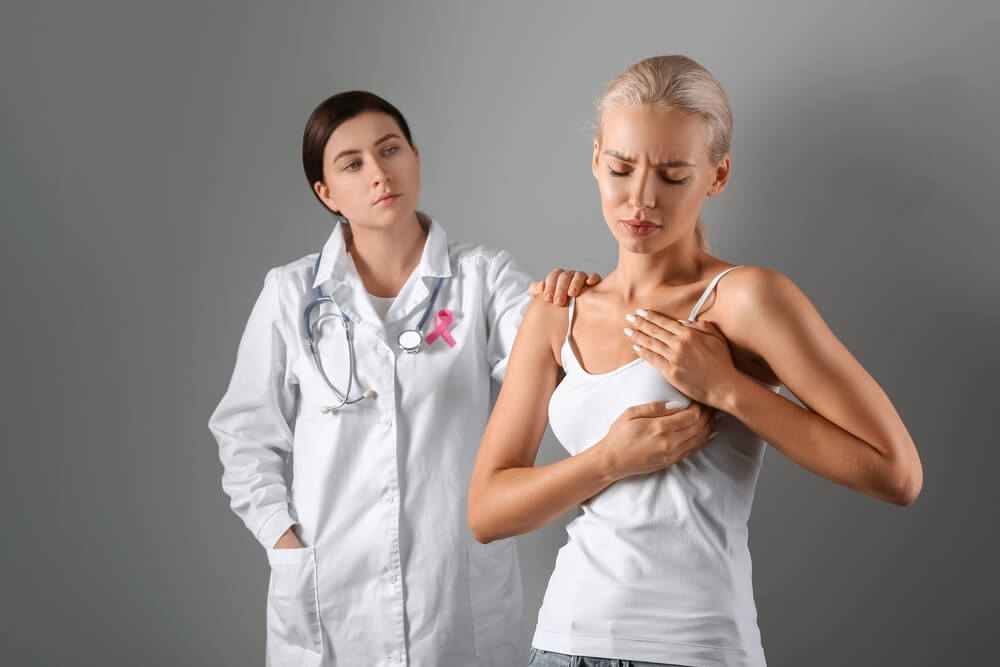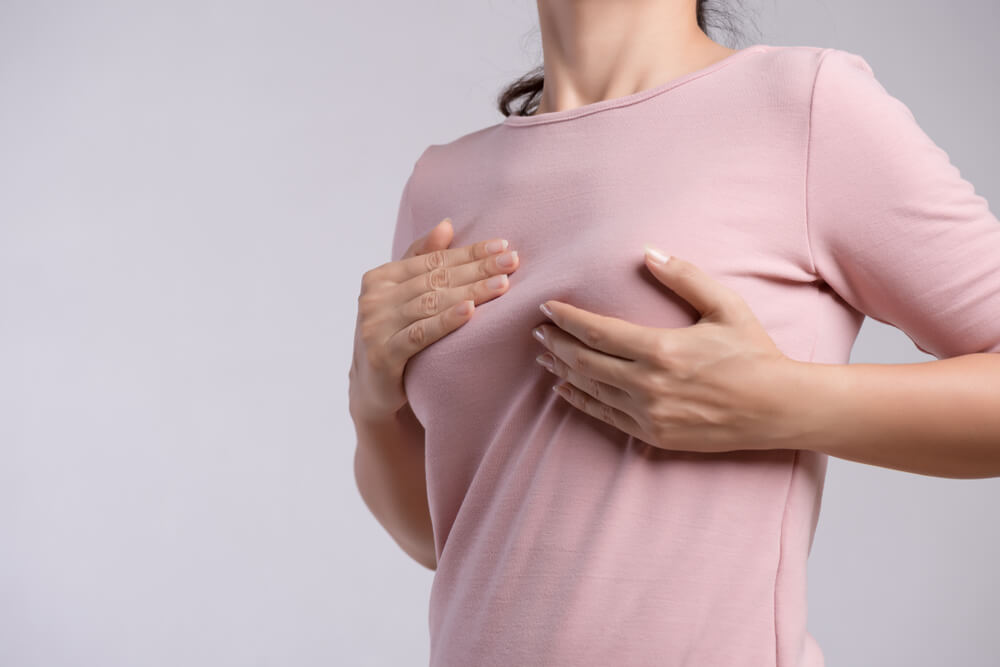Although many experts from the medical field usually say that the majority of lumps found in the breast tissue are benign or noncancerous, it is still not easy to deal with the notion that something can be wrong with your health, especially when it comes to the diagnosis of breast cancer.
A breast lump is most often defined as a growth in the tissue of your breasts, and it can appear in different sizes, shapes, and structures. Mostly the lumps are noncancerous, and they are called fibroadenomas. When there is a suspicion by the general practitioner that the lump might be malign or cancerous, there is a series of tests done, such as breast biopsy and x-ray, to establish a correct diagnosis.
It is generally advised not to self-diagnose when it comes to breast lumps because there is no technique that one can use at home to get an accurate diagnosis. Look for a gynecologist in Doral, FL, who can run different tests and determine the status of the breast lump in question. Try not to do it on your own because there is no need to put yourself through additional unnecessary stress.
It is also essential to note that although breast cancer is almost always associated with women, men can also suffer from breast lumps and cancer. Hormonal changes cause the formation of lumps in most cases, and they can develop at any age.
What Causes Breast Lumps?

There are many possible causes of breast lumps, so today, we are bringing you an extensive list as follows:
- Breast cysts (soft sacs filled with fluid)
- Cysts filled with milk (when breastfeeding)
- Breasts that are fibrocystic, i.e., the breast tissue is lumpy and sometimes painful
- Hamartoma, i.e., growths that have a tumor-like feature
- Fibroadenoma or noncancerous lumps that can move in the tissue
- Intraductal papilloma or tiny noncancerous tumor located in the milk ducts
- A slow-growing, fatty, noncancerous lump also known as a lipoma
- Different injuries to the tissue
- An infection of the breast called mastitis
- Breast cancer
As mentioned previously, more and more experts and doctors advise refraining from self-checks when it comes to breast lumps because this can do more harm than good. Some lumps might be detected, and although benign, the worry about them can cause stress and unnecessary additional procedures. It is enough to know what your breasts typically look like and report any changes to your chosen medical practitioner.
For example, hamartoma and intraductal papilloma are two types of breast lumps with tumor-like features, but they are primarily noncancerous and should not cause worry and stress.
There are some signs that you should be aware of and schedule a doctor’s appointment immediately if they appear:
- You find a new lump
- One part of your breast is different in comparison to the others
- The lump changes in size, i.e., grows
- There are bruises on your breasts without any reason
- The lump does not disappear after your period
- Your nipple is inverted
- Your breast skin is red and starts peeling
- There is blood coming out of your nipple
All these are signs that something is not functioning properly in your body, so consulting your doctor is the first step towards recovery.
What Should I Expect at a Breast Lump Evaluation Check-up?
As said, your chosen medical provider is the first step to take when the abovementioned signs appear. When you come to the scheduled consultation, the doctor will first ask about your medical history, your family medical anamnesis, and the symptoms you experienced.
Afterward, most doctors examine the breasts physically by using their hands so they can feel the potential lumps. If the doctor decides that the lump might be problematic, they will schedule additional testing.
The tests which are usually performed to diagnose breast-related conditions are:
- An ultrasound is a noninvasive and painless procedure, with just some slight potential discomfort, used to create images of the breast tissue via sound waves.
- A mammogram, i.e., an X-ray procedure that aids in identifying any abnormalities in the breasts. If the patient has had mammograms before, they are usually compared to see whether any changes have occurred in the tissue.
- MRI or magnetic resonance imaging is a test that includes radio waves and a magnetic field to take more detailed images of the tissue
- FNA, or fine needle aspiration, is a procedure in which the fluid from the lump is removed with a needle. In this way, many noncancerous cysts disappear, and if the water taken out is blurry or bloody, this sample can be taken for analysis for potentially cancerous cells.
- A breast biopsy is a test that uses a tissue sample from the lump to analyze it under a microscope. There are a few different kinds of breast biopsies, such as:
- FNA, which we mentioned previously
- Vacuum-assisted biopsy where the tissue sample is removed by inserting a probe with a vacuum through a small incision
- Core needle biopsy, where the doctor uses a large needle to get a tissue sample and an ultrasound for guidance
- Stereotactic biopsy which is actually a combination of a mammogram taking pictures from a variety of angles and a needle extraction of the tissue sample
- Surgical biopsy which can be divided into excisional biopsy, where the entire lump is removed, and incisional biopsy, when only one part of the lump is removed
How to Treat Breast Lumps?

It is important to emphasize once more that not all breast lumps need treatment. The person who determines this is your chosen medical professional, which is why a consultation with your doctor is the primary step. For example, fibroadenoma does not need any treatment or many other types of breast lumps.
This said, some conditions do need treatment, and below, you can find what they are and how to approach the treatment process:
- If you have a breast infection, you will be prescribed some antibiotics
- If you have a cyst, one of the options is to drain the fluids, as well as wait for them to disappear on their own
- If the lump you have is cancerous and it has to be treated, here are the options doctors usually recommend:
– Removing the lump or lumpectomy
– Removing your breast tissue or mastectomy
– Chemotherapy, which includes drugs to destroy the cancerous cells
– Radiation which includes using radioactive rays against the cancer
All the treatment options depend mainly on the size of the tumor, the type of cancer, its location, and the whether it is only located in the breast or has spread beyond it. Your doctor will monitor the progress of your condition and advise accordingly.
Make an Appointment With Us!
We want to offer you a stress-free environment when you come in for a consultation on a sensitive subject, such as the health of your breasts. Come and visit our expert team to find out how comfortable and supportive a doctor’s appointment can be!


